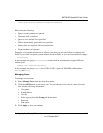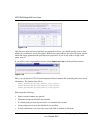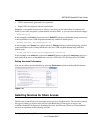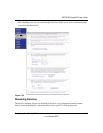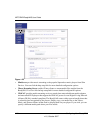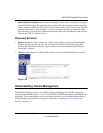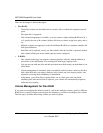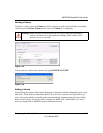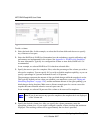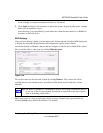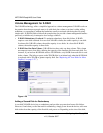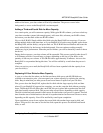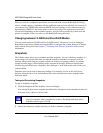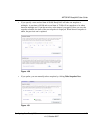
NETGEAR ReadyNAS User Guide
1-22 Configuring Your ReadyNAS
v1.0, October 2007
There are advantages to both technologies.
•Flex-RAID:
– The default volume can be deleted and re-created, with or without the snapshot reserved
space.
– Hot spare disk is supported.
– Full volume management is available—you can create a volume utilizing RAID level 0, 1,
or 5, specify the size of the volume, delete a disk from a volume, assign a hot spare, and so
on.
– Multiple volumes are supported, each with a different RAID level, snapshot schedule and
disk quota definition.
– Each disk can be replaced, one by one, then rebuilt; after the last disk is replaced, another
data volume utilizing the newly added capacity can be configured.
• X-RAID:
– One-volume technology, but supports volume expansion, either by with the addition of
more disks or the replacement of an existing disk with larger capacity disks.
– You can start out with one disk, and add up to three more disks when you need them or can
afford them.
– Volume management is automatic. Add a second disk, and it becomes a mirror to the first.
Add a third disk and your capacity doubles; add a fourth, and your capacity triples—the
expansion occurring while redundancy is maintained.
– In the future, you will be able to replace disks, one at a time, have each one finish
rebuilding and, after the last disk is replaced, your volume will automatically expand to
utilize the new capacity.
Volume Management for Flex-RAID
If you want to reconfigure the default volume C, split it into multiple volumes, specify a different
RAID level, or specify a larger reserved space for snapshots, you need to reconfigure your volume.
The first step is to delete the existing volume you want to replace.




